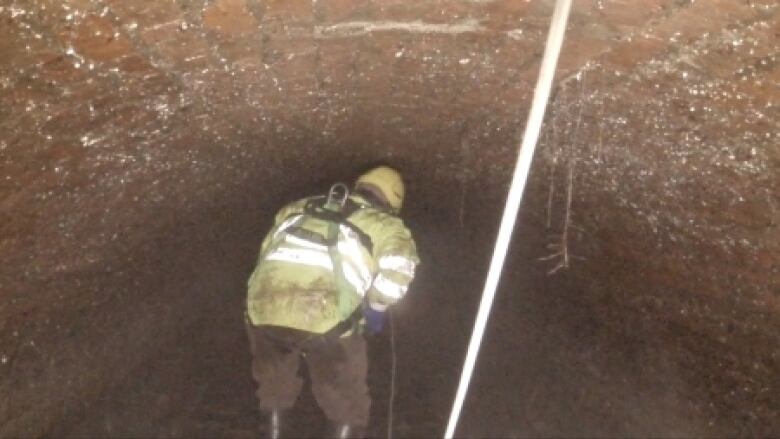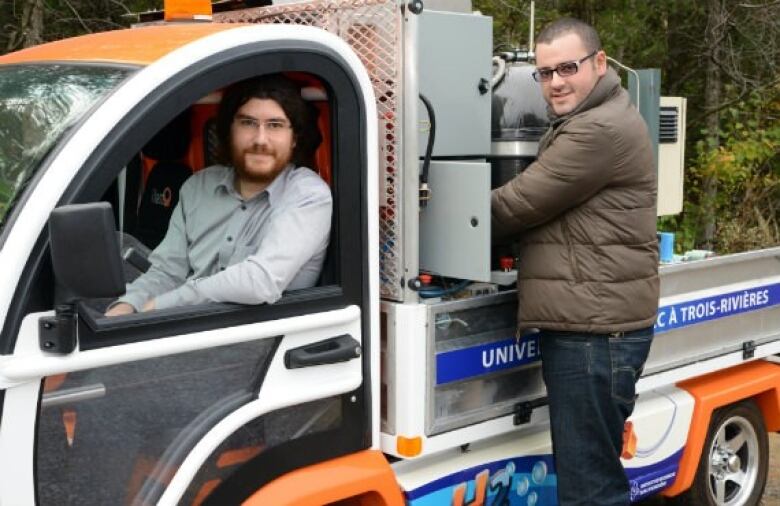5 wild ideas for transformative federal spending: Don Pittis
Enough with the PM's 'unsexy' infrastructure projects bring on the sexy ones

Enough with"unsexy." That's what Prime Minister Justin Trudeaupromised us forthe first round of infrastructure spending.
We all know that handing out cash for roads,transit and sewers may be very worthy and so on, but we can't all be Justins. Alot of us get enough unsexy in our everydaylives. We say, bring on the sexy.
From listening to my daily fix of CBC Radio morning programing I know there are an infinite number of worthy causes needingmoney. But bold thinking and bold projects make money;they attract bright minds and new industries.
Besides, pouring cash into the outstretched hands ofprovinces and cities to spend on sewers will just allow them to transfer cash out of their sewer fund and blow it on their own fun projectssuch as bidding on the next round of regional or international games.
So abandoningcautious and economicalthinking, let's skip the prosaic for a few minute and imagineblowing some real money on the sexy phase. Or at least offerfew wild ideas to get the ball rolling.
1. Hydrogenville

Many towns have offered to host self-driving cars, and recharging stations are spreading. Butexperimenting with hydrogen requires aninfrastructure leg up to co-ordinateand develop a critical mass of hydrogen outlets,and maybe subsidies fora fewgovernment vehicles.
The rest could be left to the private sector.Vancouver would be a worthy place to start because of its history in developing fuel cell tech. But the city is too big for a pilot project.
That's why I nominate Trois-Rivieres, with its Hydrogen Research Institute, as Canada's future Hydrogenville.
2. Edmonton-Calgary hyperloop

Dreamed up by Tesla and SpaceX bossElonMusk,hyperlooptransport doesn't really exist yet. But spending the cash to build a hyperloop between Calgary and Edmonton, maybe ending at one of theirairports, would be a great way to drive innovation.
Alberta is already full of people who understand the principles of sealed pipe. The 300 kilometres between the province's maincitiesis long enough to get up to speed but short enough for a tryout.
3. Robot experimental farm
The technology already invented is amazing, with machines learning to harvest everything from lettuce to grapes. Humans are still needed, though, forhigher-value, less back-breaking jobs.
But creating or even adopting new technology is difficult for any individual farmer. By spending to establish experimental robot farms growing Canadian crops, the feds might be able to solve some serious problems while propelling Canadian innovation.
4. Automated food-preparation exhibition

Recent evidence shows the best combination is friendly human service and automation behind the scenes, but the venue would not just be a testing ground for food providers. It would also bea chance for customers to experience various levels of automated food preparation and delivery.
5. The Prize Council

"Teams competing for the $10 million Ansari X Prizeto develop spacecraft capable of entering space and returning safely twice within 10 days, for instance, spent more than $100 million in the pursuit," says the McKinsey study.
There are three importantaspects ofsuccessful prizes.They musthave very focused goals andbe offered to a wide population of contestants, and the competitors must be willing to accept some costs.
Thus The Prize Council to make the conditions,select the prizes, judge the winnersand hand out the cash.
Of course,the winning projectswill all have to be sexy.
Follow Don on Twitter@don_pittis
More analysisby Don Pittis












_(720p).jpg)


 OFFICIAL HD MUSIC VIDEO.jpg)
.jpg)



























































































